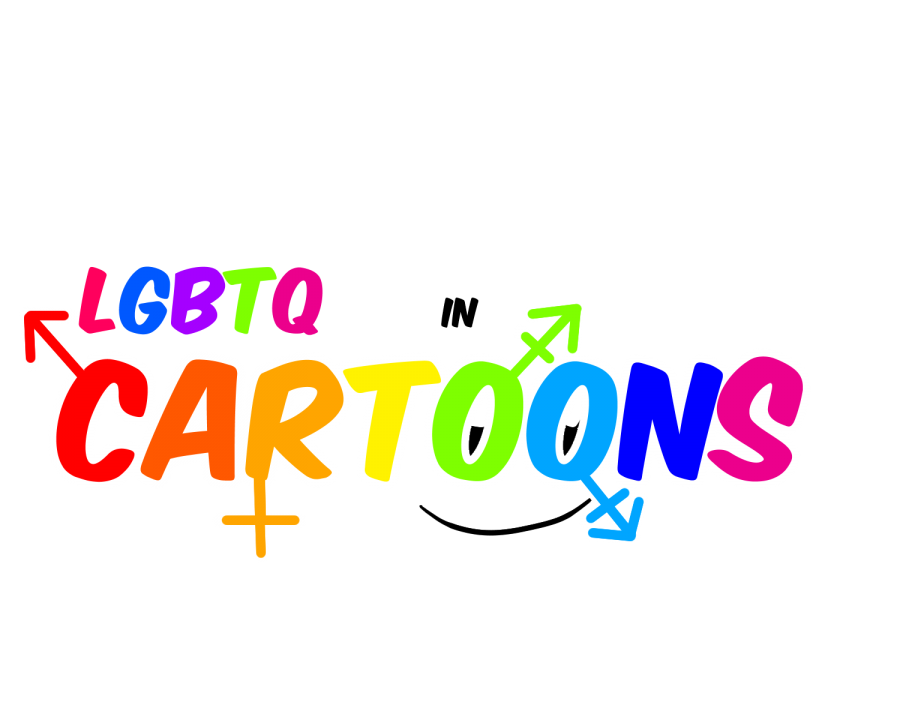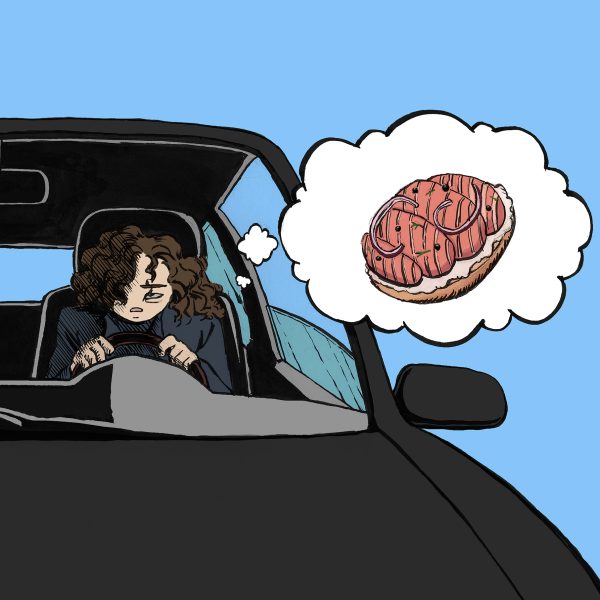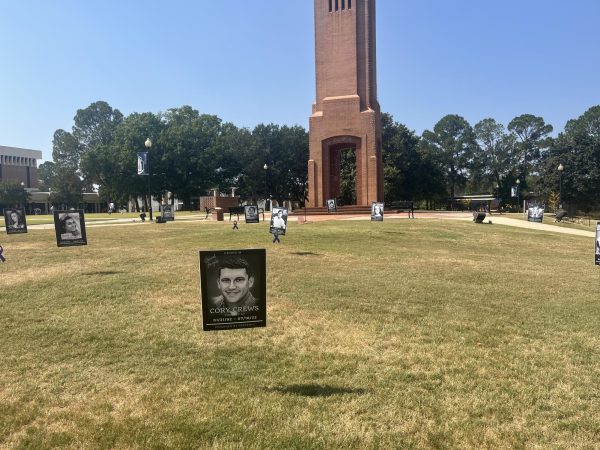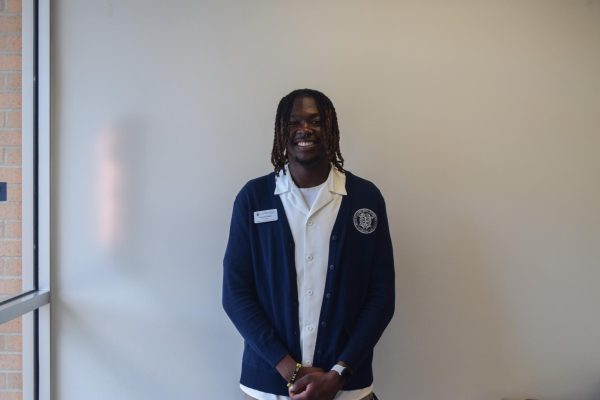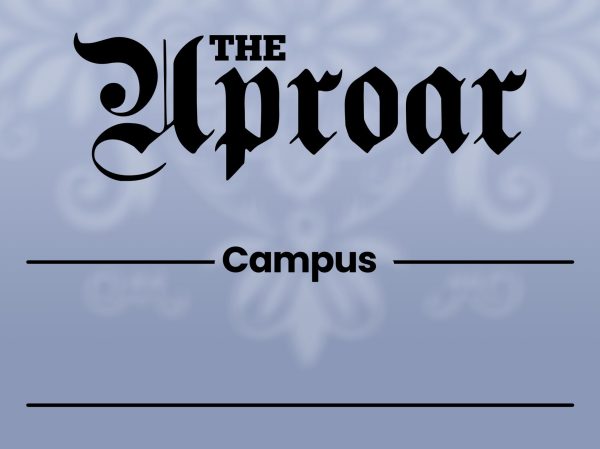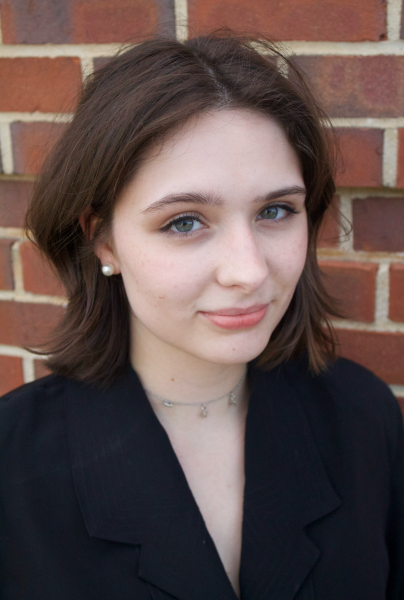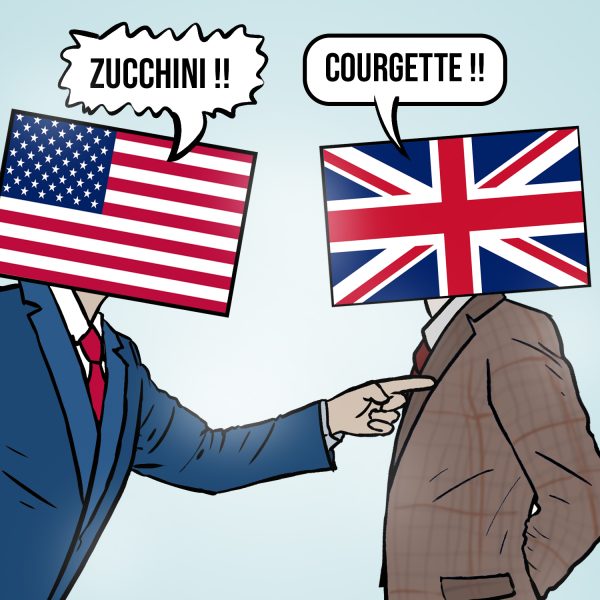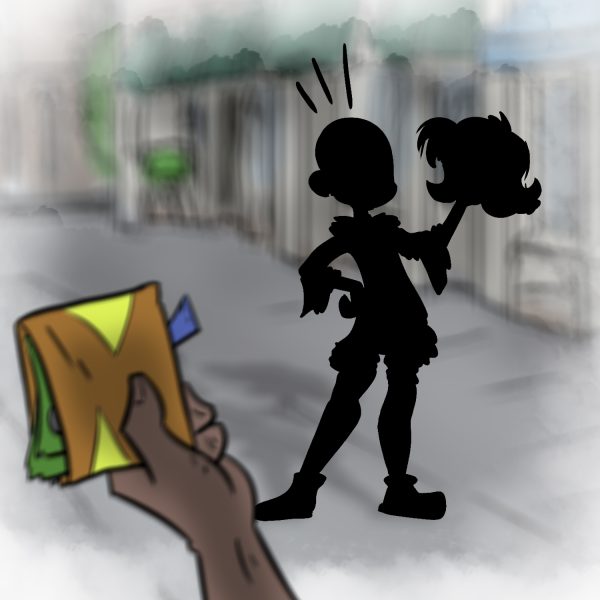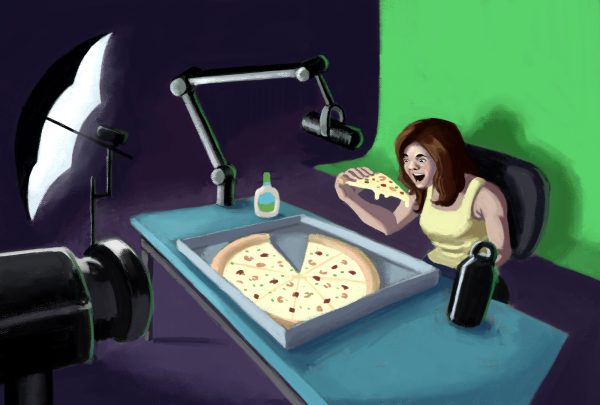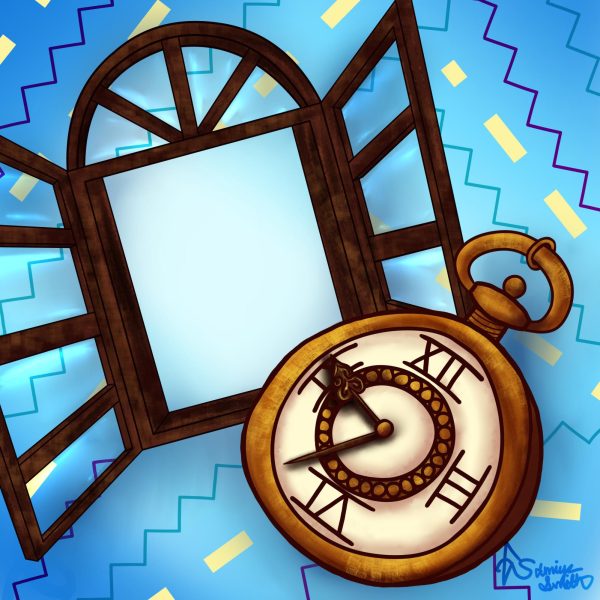The Changing Representation of LGBTQ Cartoon Characters
The LGBTQ community is finally getting the chance to be represented properly in the media
How much have cartoons changed over the years? While it’s not something unseen in today’s time, cartoons in the past have rarely discussed the idea of homosexuality or anything relating to the LGBTQ community. There was a point when they were just animations designed to sell toys and other merchandise, but now they have evolved into statements about our society that we can discuss.
One topic worth discussing is the portrayal of LGBTQ characters. With the rise of open-minded cartoon writers, we have new shows that paint a better picture of the LGBTQ community. Back in the 70s, the LGBTQ movement began to rise, gaining followers and supporters. But there was also a rise in marginalizing the group as just “gay” and other stereotypes of LGBTQ members; this soon transferred to TV shows. When someone was depicted as gay, they were characterized as sassy or feminine. Lesbians were depicted almost exclusively as the butch stereotype. Meanwhile, transgender people made appearances as only people in drag and were seen as villains. These depictions could be seen in adult-oriented cartoons such as Bruce from “Family Guy” and Patty Bou from “The Simpsons,” whereas only a few kid-oriented cartoons aired at least one episode that portrayed LGBTQ people offensively. These included episodes such as “The Buffalo Gals” from “Cow and Chicken” and “Dial M for Monkey: Barbequer” from “Dexter’s Laboratory.” But things are changing for the better.
The most notable of these cartoons is the Cartoon Network series, “Steven Universe.” Rebecca Sugar, the creator, has stated that the inspiration for the show came from her experience of coming out as a bisexual at a comic con panel, which inspired great applause from the audience for her strength in coming out live to the fans. A show about a boy with a magical gem on his stomach going on adventures with three gemstone warriors has shown generations old and new how to properly represent the LGBTQ community with well-thought-out characters seen more dealing with complex themes of sexuality and relationships .
Although it’s nice to see cartoons being more progressive, it does come with its own trouble. Like any media, studio channels like Disney Channel try to attract larger audiences to gain higher ratings. They do this by pandering to the audience with new trends that could be implemented to the show’s theme or characters; in the LGBTQ context, it’s called “queerbaiting.” The idea of queerbaiting is attracting or baiting a queer audience by bringing in an LGBTQ character for no other reason than to expand the current audiences. This also does not add anything to the story or characters, not giving it closure.
These characters don’t really provide any development to the show. An example of this is seen in the Netflix series, “Voltron Legendary Defender.” In their newest season, protagonist Takashi Shirogane, aka Shiro, was revealed to be gay and in a relationship with another character named Adam. Initially, this provided audiences with more detail into the character’s life, but due to some production issues, this development did not go as intended, and many felt that this was a case of “burying that gay,” which means killing a character or giving them an unhappy end without a real reason.
One other example to this is Cartoon Network’s show, “Adventure Time.” Two of the prominent characters, Princess Bubblegum and Marceline, have been rumored to have been in a relationship, and throughout its running, the show has hinted at it to the audience. Only during its series finale was their relationship confirmed when the two shared a kiss. Fanbases have argued that this was an attempt to bait in more audiences to potentially renew the season, but others felt this was a closure, seeing their favorite characters confirming what they suspected.
As controversial as queerbaiting is, this does provide one positive feature. There was a point in time when an LGBTQ character wouldn’t be in a TV show, let alone a cartoon. Back in the 70s, it was deemed not family-friendly to have gay characters in a show, which parents believed would influence their children. People were always speculating certain characters being gay, such as SpongeBob, Steve from “Blues Clues,” Bob from “Bob the Builder,” etc. These characters were never proven to be LGBTQ, but earlier this year, one was, which inspired shock and awe in the media. The characters Bert and Ernie from “Sesame Street” were declared to be in a relationship by their writer, Mark Saltzman. There are still speculations with other writers claiming that they’re not gay because “They’re just puppets.” But these characters have shown for generations that being gay, lesbian, bisexual, or different is nothing to be ashamed of and that it should be accepted and respected.
This concept has stayed with many, especially with writers such as Rebecca Sugar. This same year, her show, “Steven Universe” aired a five-part special, “Heart of the Crystal Gems,” in which the audience was given a wedding scene like no other. The characters Ruby and Sapphire made viewers agree that they are the best representation of a same-sex couple, which was made stronger in their wedding when they kissed for the first time. Never has a cartoon shown a same-sex couple kiss on daytime television, receiving positive reactions from fans and the LGBTQ community.
The LGBTQ community is finally getting the chance to be represented properly in the media. From the educational “Sesame Street” to the action-packed space adventures of “Voltron,” cartoons are changing with their audiences. They are becoming relatable to the audience, dealing with issues we can gravitate to. However, like with any media, this can be overdone and possibly lose its meaning. TV shows will always find a way to attract more audience members and will only try to be more trendy and progressive just to boost ratings. It’s good that there are artists and writers who care about painting a culture and community in a better light. Creators should never be afraid to illustrate reality. The LGBTQ community is a reality that we all should respect and accept.



